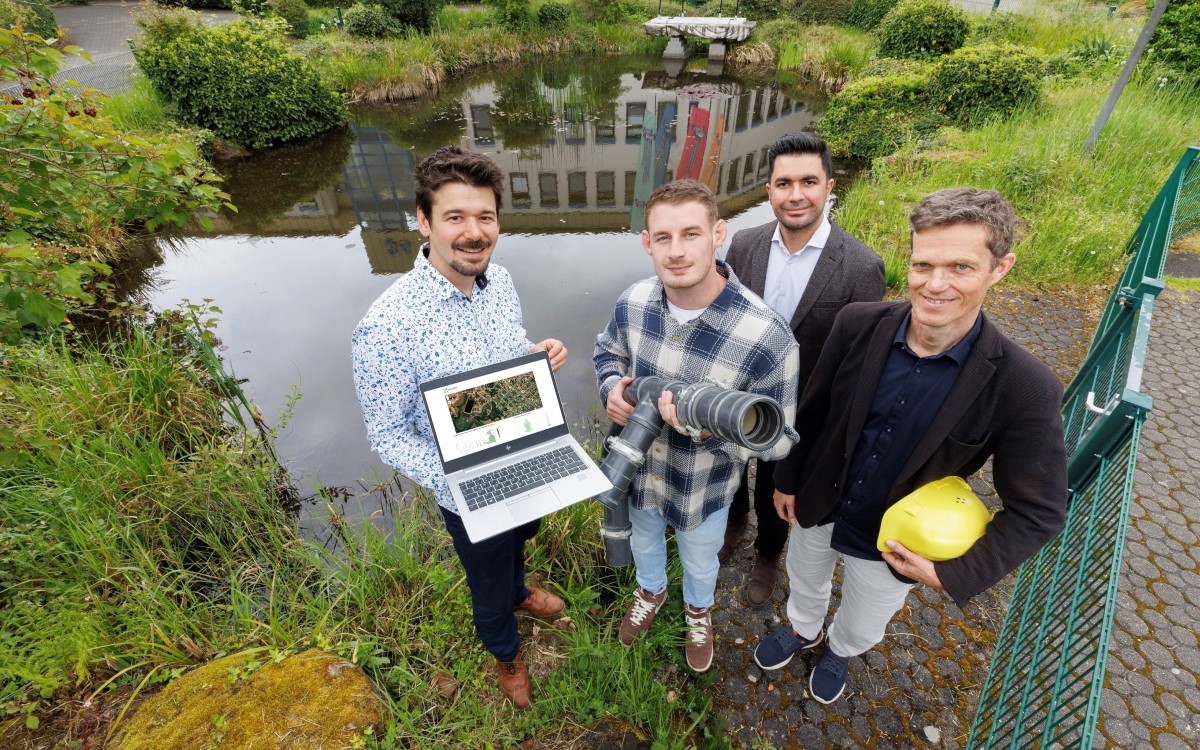17. August 2023 Ι Lewis Pugh, UNEP Patron of the Oceans, is collaborating with the global non-profit “Count Us In” to launch the ‘Rivers are Life’ campaign. The campaign aims to raise awareness of the steps individuals can take to help protect local rivers and global health.
Pugh, who is known for his swims in challenging environments such as the Antarctic, North Pole, Red Sea, and Himalayas, launched a historic 315-mile swim along the Hudson River on September 13. The swim began at the river’s source in the Adirondack Mountains and is scheduled to conclude in Manhattan on September 13, just before a meeting of the United Nations General Assembly.
“Count Us In” supports Lewis Pugh’s historic Hudson River swim
“Lewis Pugh’s epic Hudson River swim is a powerful way to call on world leaders meeting at the UN this September to make our rivers drinkable, fishable and swimmable again,” said Count Us In co-founder Eric Levine. “We can all make a huge difference by taking action and backing Lewis’s letter for world governments at iheartrivers.com.“
The 315-mile / 507-km swim, among the most challenging ever attempted by Mr. Pugh, would mark the first time anyone has swum the full length of the Hudson River unassisted.* Mr. Pugh will feature the campaign’s “I Heart Rivers” logo along his Hudson River journey. The campaign also asks people to back Mr. Pugh’s call for world leaders to prioritize healthy rivers as part of the drive to protect 30% of land and oceans by 2030.
Clean rivers are essential to the fight for global sustainability
More information“I am so pleased to be collaborating with Count Us In on the ‘Rivers are Life’ campaign throughout the Hudson River Swim,” Mr. Pugh said. “Clean rivers are essential to the fight for global sustainability. Fortunately, they’re accessible to most people, and we know what it takes to get them healthy. I specifically chose the Hudson for this swim because of the environmental progress that’s been made on the iconic waterway in recent years, thanks to a number of wonderful environmental organizations here in New York. Much work is still required, but tangible improvements have been made, setting an example for restoring rivers around the world.”







